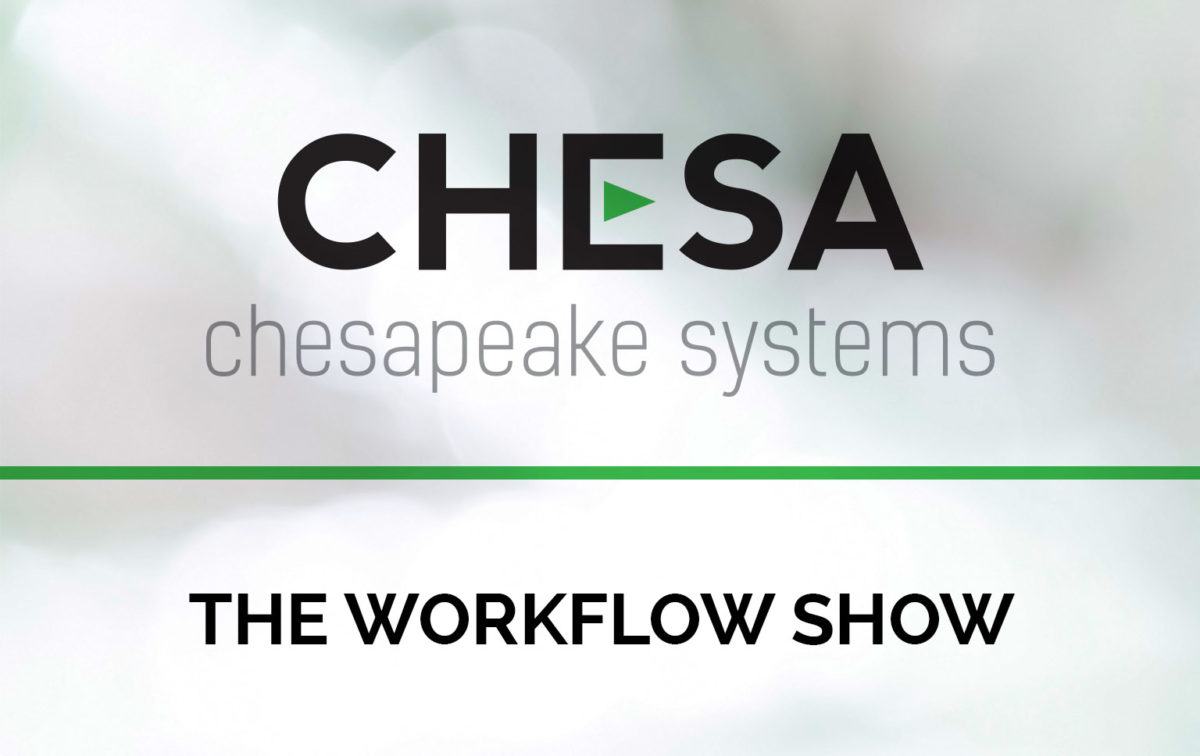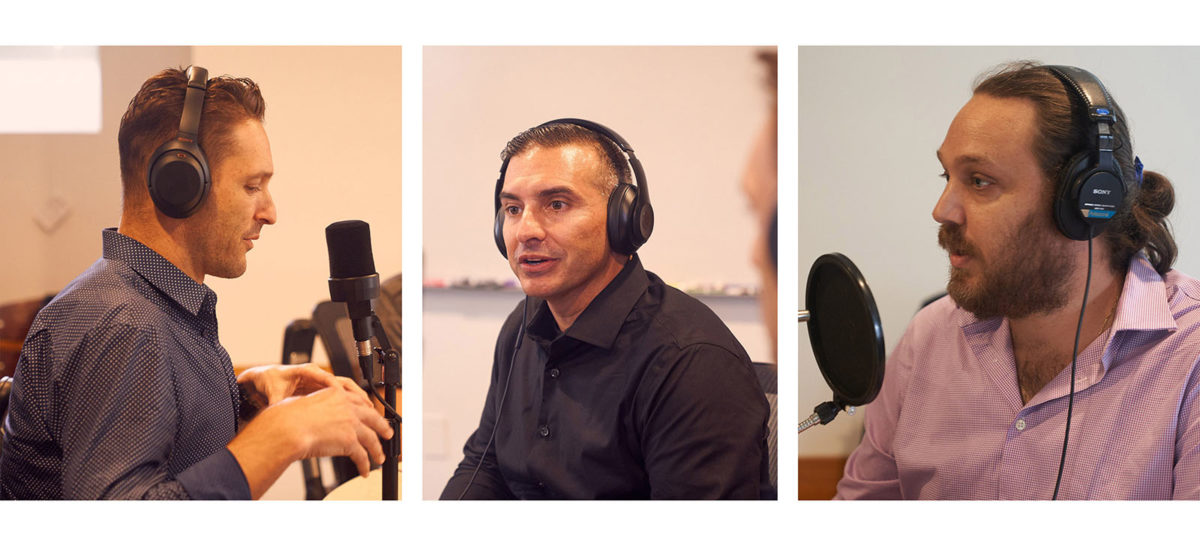Should you invest in file transfer acceleration? Find out by listening to the CEO and Co-Founder of FileCatalyst.
Getting ready for a long distance commute for a Thanksgiving homecoming? Wouldn’t it be nice if you could use technology to your advantage and assure you would get there as fast as possible? We might not be able to send you from point A to point B faster, but we can get your files there faster!
How can you use your existing Internet bandwidth to the best of its ability, and what are the bottlenecks that keep you from doing so? The Workflow Show talks with CEO and Co-Founder of FileCatalyst, Chris Bailey, to discuss the history of file transfer technology, how it works, and how we can exponentially accelerate those file transfers.
File Catalyst
FileCatalyst technology is developed by Emmy award-winning Unlimi-Tech Software Inc., a world leader in fast file transfer solutions. Founded in 2000, the company has more than 1,000 clients with a user base of over 1 million. FileCatalyst provides software-based solutions designed to accelerate and optimize file transfers across global networks. Being immune to packet loss and latency, FileCatalyst can send files much faster than methods such as FTP, HTTP or CIFS, while adding security and reliability. Unlimi-Tech is a privately-owned company with headquarters and a product development center located in Ottawa, Canada.
After listening to this episode, you’ll have a better understanding of the benefits of investing in file transfer acceleration and how easy it is to send files much more quickly. So if you need something interesting to listen to while you are plodding through holiday traffic this week, the Workflow Show is here for you!
Your comments are welcome below, or feel free to email us.
View a list of all the episodes of The Workflow Show.
The Workflow Show is also available on iTunes.
SHOW NOTES
















